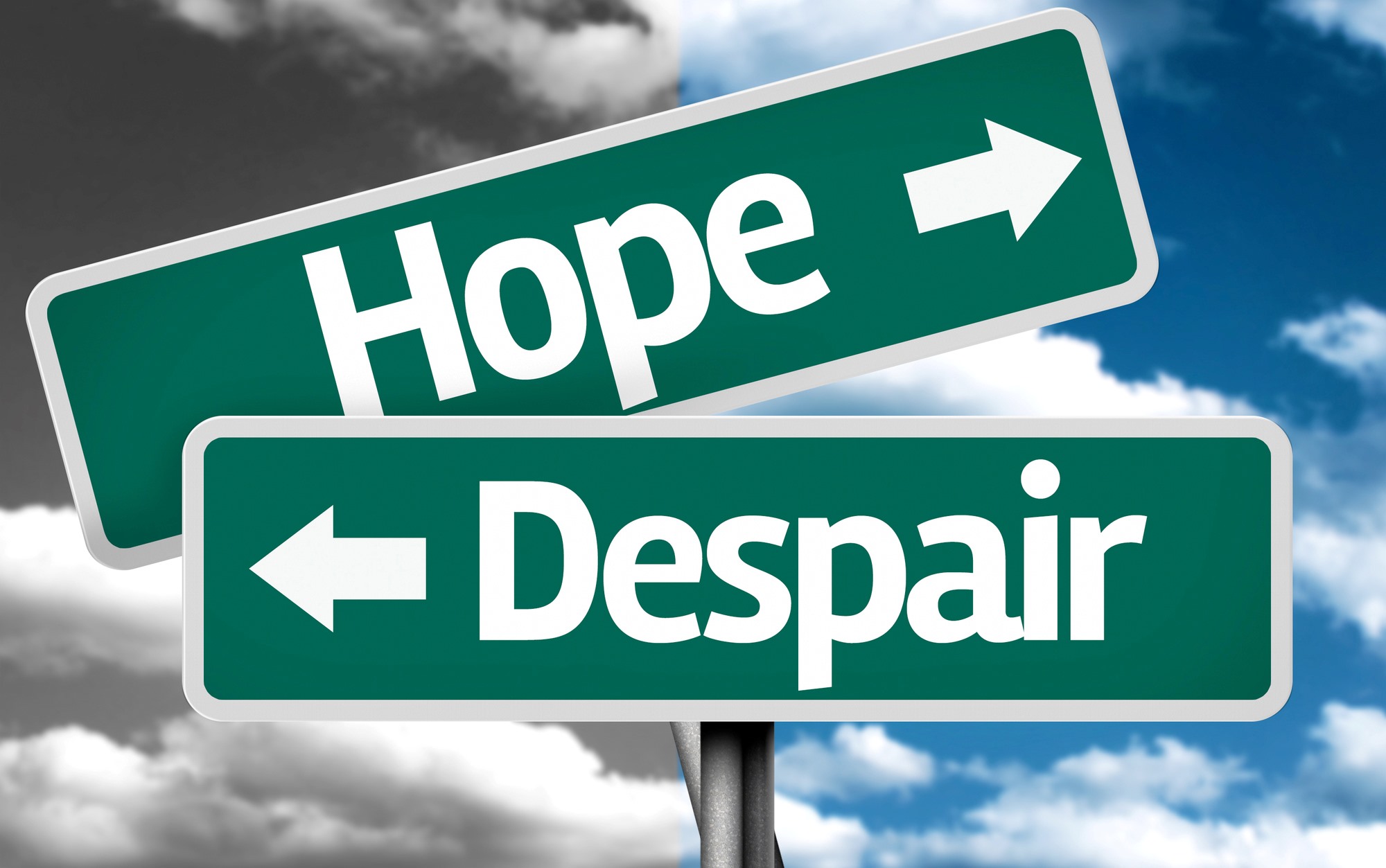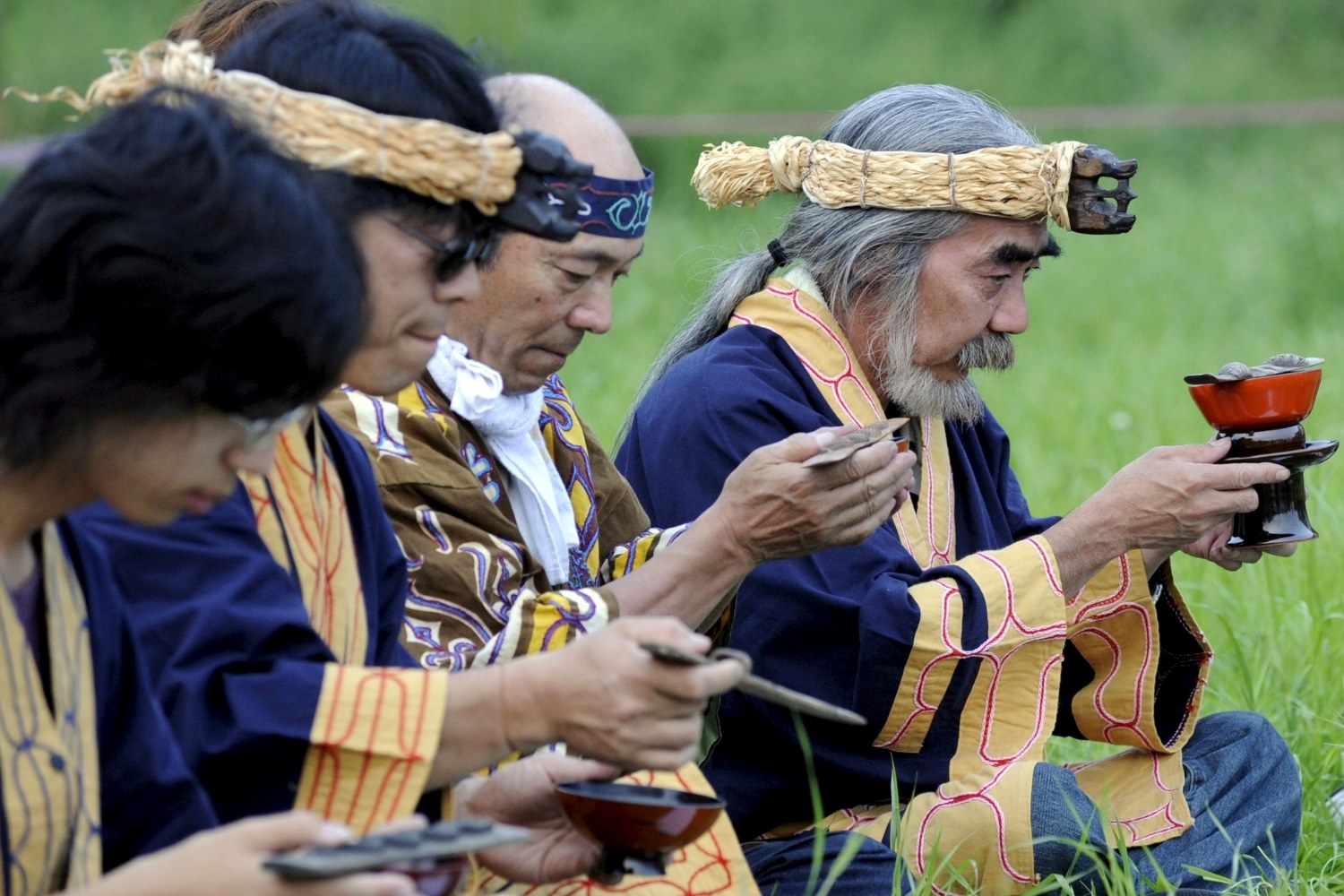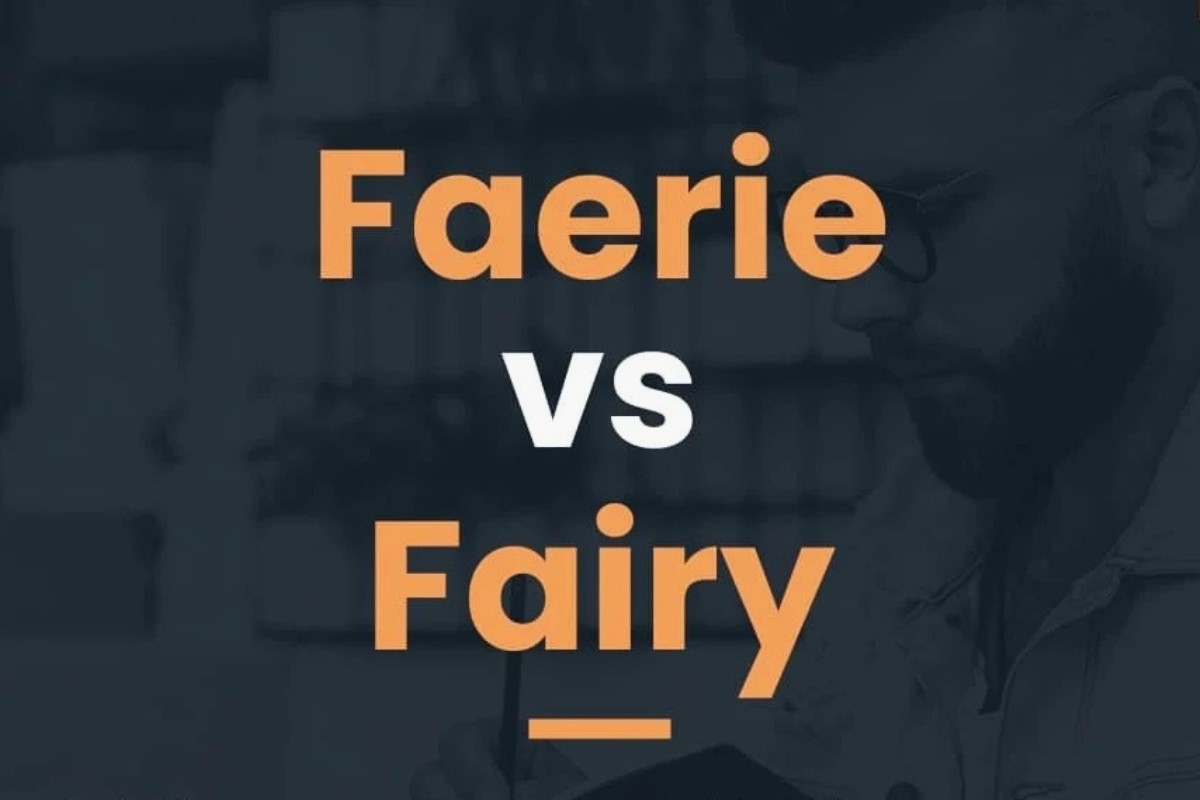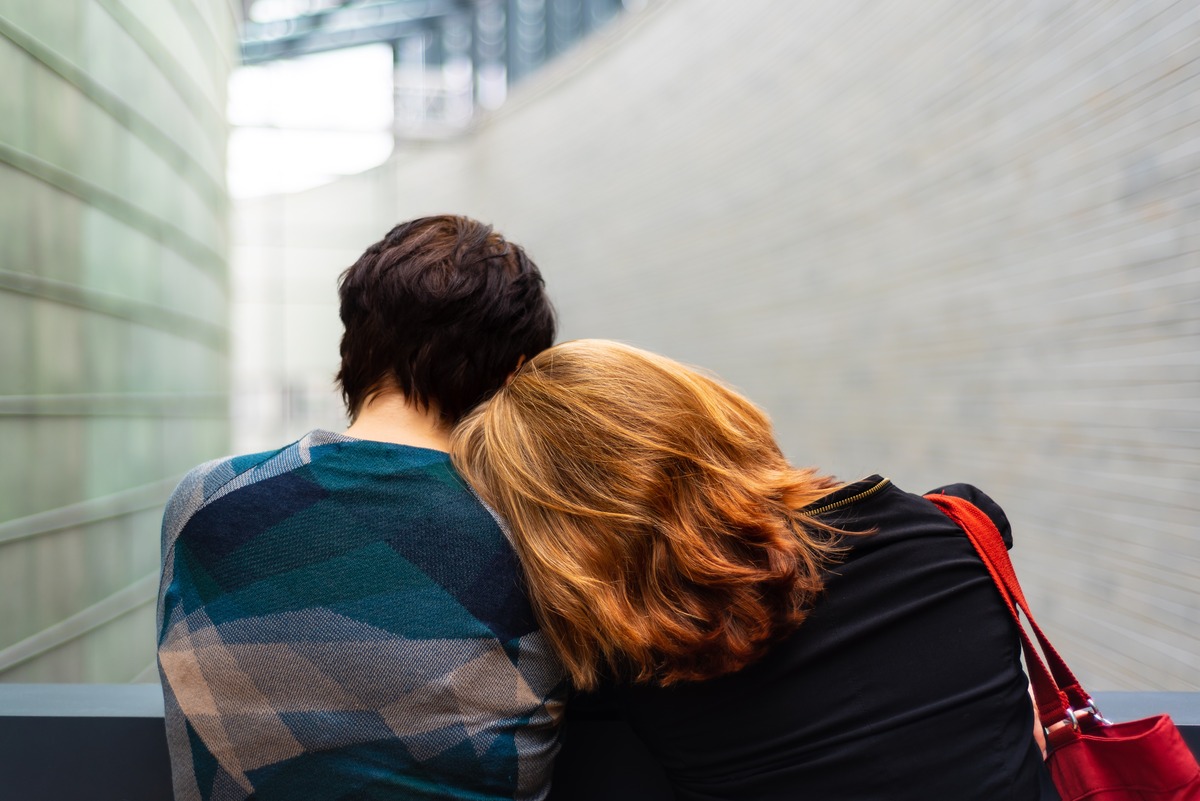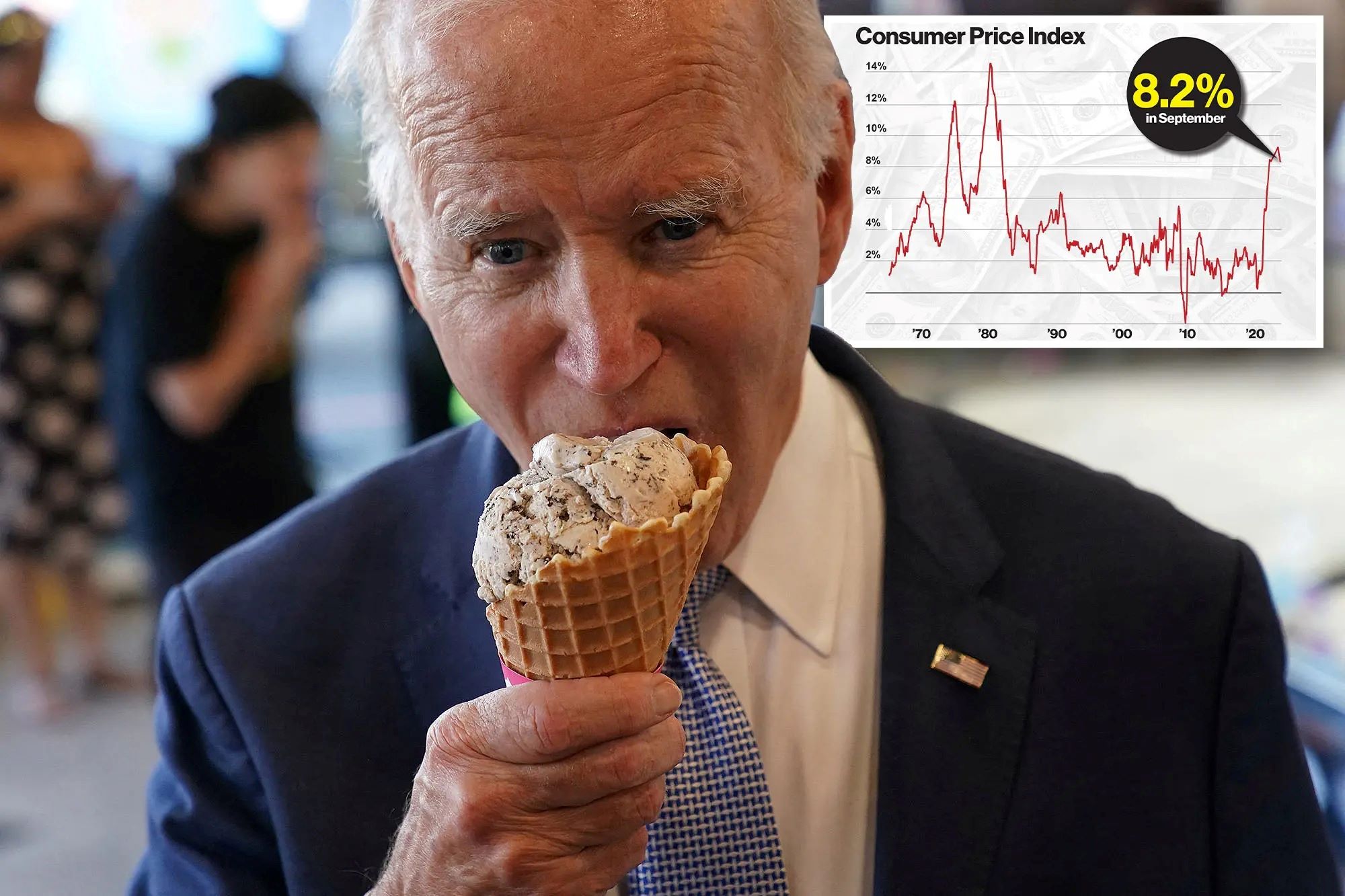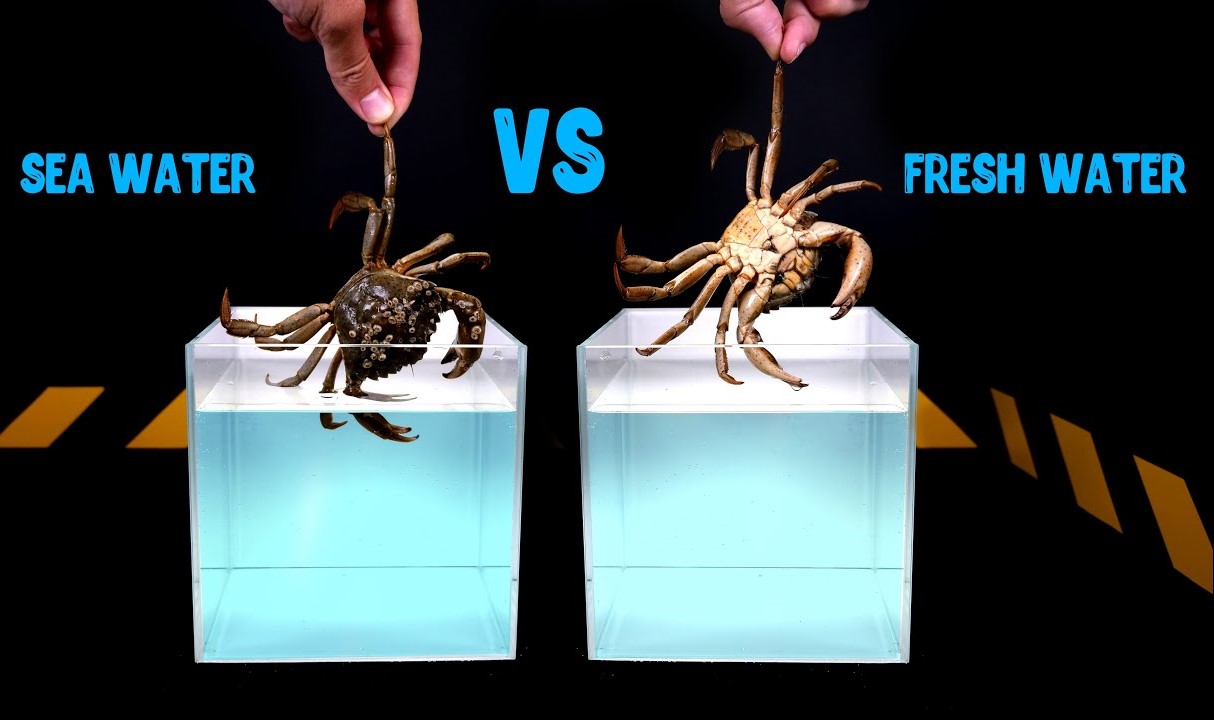Home>Arts and Culture>The Surprising Link Between Filipinos And Pacific Islanders
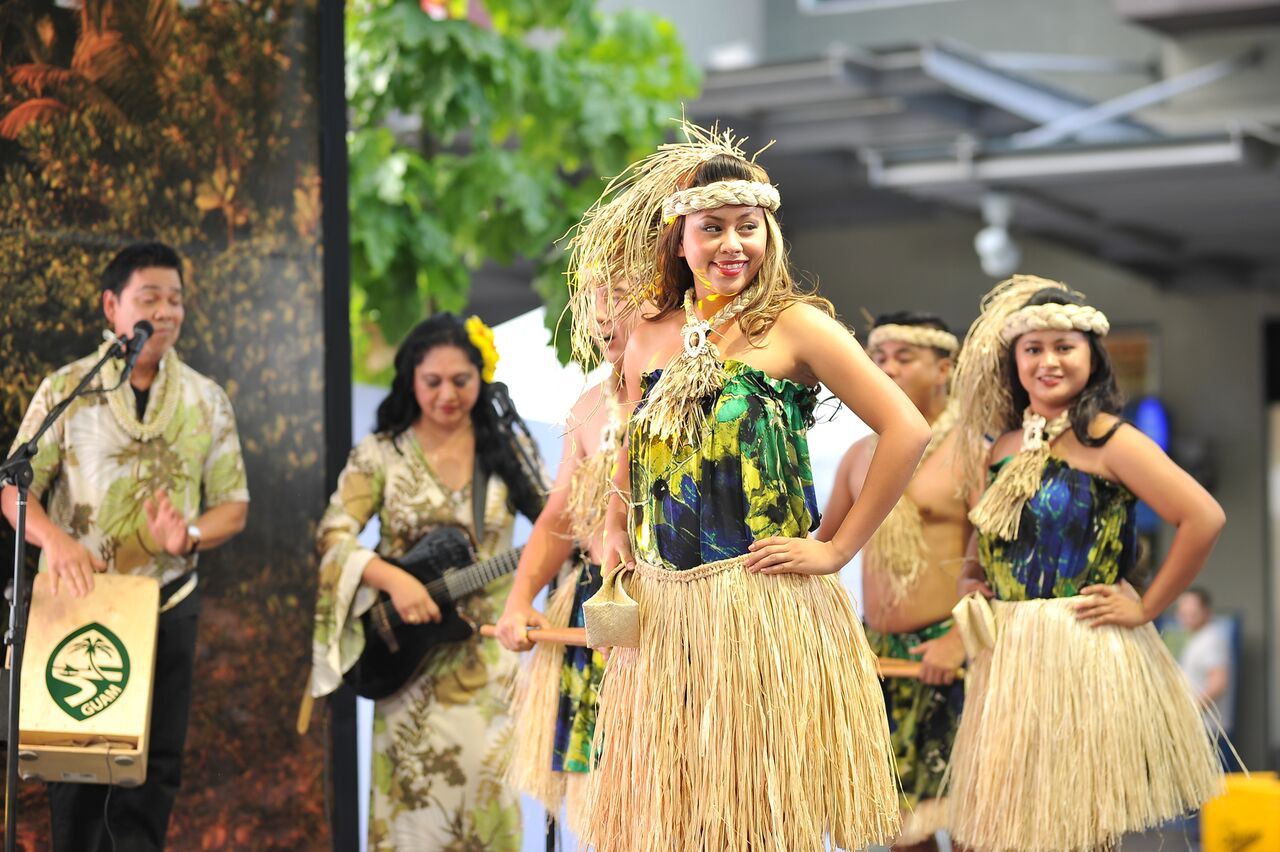

Arts and Culture
The Surprising Link Between Filipinos And Pacific Islanders
Published: January 23, 2024
Discover the fascinating cultural connections between Filipinos and Pacific Islanders through their arts and traditions. Explore the shared heritage and influences in this insightful exploration of arts and culture.
(Many of the links in this article redirect to a specific reviewed product. Your purchase of these products through affiliate links helps to generate commission for Noodls.com, at no extra cost. Learn more)
Table of Contents
Introduction
The relationship between Filipinos and Pacific Islanders is a fascinating and often overlooked aspect of cultural and historical connections. While the Philippines is geographically situated in Southeast Asia, the cultural, linguistic, and genetic ties between Filipinos and Pacific Islanders are significant and have deep historical roots. Exploring these connections reveals a rich tapestry of shared experiences and influences that have shaped the identities of both groups.
The historical and contemporary interactions between Filipinos and Pacific Islanders have contributed to a complex and multifaceted relationship that extends beyond geographical boundaries. By delving into the historical background, cultural similarities, language connections, and genetic links, we can gain a deeper understanding of the surprising link between these two distinct yet interconnected communities. This exploration will shed light on the intricate web of connections that have woven together the stories of Filipinos and Pacific Islanders, shaping their shared heritage and contemporary relationships.
Historical Background
The historical ties between Filipinos and Pacific Islanders can be traced back to centuries of seafaring and trade across the vast expanse of the Pacific Ocean. The Austronesian expansion, which originated from Taiwan around 3000 BCE, played a pivotal role in shaping the migration patterns that led to the settlement of the Philippines and various Pacific Islands. This shared Austronesian heritage forms the bedrock of the historical connection between Filipinos and Pacific Islanders.
During the pre-colonial era, seafaring communities in the Philippines engaged in extensive maritime trade and navigation, venturing across the Pacific to establish connections with neighboring island groups. This maritime prowess facilitated cultural exchanges and interactions, laying the groundwork for enduring ties between Filipinos and Pacific Islanders. The navigational skills and seafaring traditions of early Filipino communities resonated with the maritime cultures of Pacific Islanders, fostering mutual respect and understanding.
The arrival of European colonizers in the 16th century further intertwined the histories of Filipinos and Pacific Islanders. Spanish expeditions, which led to the colonization of the Philippines, also impacted various Pacific Island societies. The introduction of Christianity, Spanish language, and cultural practices by the Spanish colonizers influenced both the Philippines and certain Pacific Island communities, leaving a lasting imprint on their cultural landscapes.
Additionally, the experiences of labor migration and indentured servitude during the colonial period created shared narratives of resilience and adaptation among Filipinos and Pacific Islanders. Many Filipinos and Pacific Islanders were recruited as laborers to work on plantations in various parts of the Pacific, leading to the convergence of their experiences as diasporic communities. This shared history of labor migration engendered a sense of solidarity and kinship, as both groups navigated the challenges of displacement and cultural assimilation.
The historical background of Filipinos and Pacific Islanders is characterized by a tapestry of interconnected narratives, shaped by maritime exploration, colonial encounters, and labor migration. These historical trajectories have laid the groundwork for the cultural, linguistic, and genetic affinities that continue to bind Filipinos and Pacific Islanders in a remarkable tapestry of shared heritage and interconnected destinies.
Cultural Similarities
The cultural similarities between Filipinos and Pacific Islanders are deeply rooted in shared traditions, belief systems, and social practices that have transcended geographical boundaries. Despite the diversity of specific cultural expressions within each group, there are remarkable parallels that underscore their interconnected heritage.
Shared Seafaring Traditions
Both Filipinos and Pacific Islanders have a rich tradition of seafaring, which has played a pivotal role in shaping their cultural identities. The mastery of navigation, boat building, and celestial orientation has been a common thread that binds these communities together. The outrigger canoe, known as the "bangka" in the Philippines and "va'a" in Pacific Island cultures, serves as a symbol of their shared maritime heritage. The seafaring expertise of both groups not only facilitated trade and exploration but also fostered a deep reverence for the ocean as a source of sustenance and spiritual significance.
Oral Traditions and Storytelling
The oral traditions of Filipinos and Pacific Islanders have been instrumental in preserving their cultural narratives and collective memory. Both groups have a rich tapestry of myths, legends, and epic tales that are passed down through oral storytelling. These narratives often revolve around themes of heroism, creation myths, and ancestral lineage, reflecting a shared reverence for ancestral wisdom and the power of storytelling as a means of cultural transmission.
Communal Celebrations and Festivals
The spirit of communal celebration and festivity is ingrained in the cultural fabric of Filipinos and Pacific Islanders. Traditional festivals such as the Ati-Atihan in the Philippines and the Teuila Festival in Samoa serve as vibrant expressions of shared values related to community, spirituality, and cultural pride. These festivities are marked by colorful parades, music, dance, and elaborate rituals that reflect a collective celebration of heritage and identity.
Indigenous Belief Systems
Both Filipinos and Pacific Islanders have preserved indigenous belief systems that emphasize a harmonious relationship with nature and the spiritual realm. Ancestral veneration, animistic practices, and a deep reverence for natural elements are common themes that resonate across their respective cultures. The interconnectedness between humans and the environment is a fundamental aspect of their indigenous belief systems, reflecting a shared worldview that honors the interconnectedness of all living beings.
Culinary Traditions
The culinary traditions of Filipinos and Pacific Islanders showcase a remarkable convergence of flavors, ingredients, and cooking techniques. The abundant use of coconut, taro, seafood, and tropical fruits in their cuisines reflects a shared reliance on natural resources and a deep appreciation for flavors derived from the land and sea. The communal aspect of food preparation and sharing also underscores the significance of food as a unifying force that brings communities together.
The cultural similarities between Filipinos and Pacific Islanders underscore the resilience, creativity, and shared experiences that have shaped their collective identities. These common threads serve as a testament to the enduring bonds that transcend geographical distances, weaving together a narrative of interconnectedness and shared heritage.
Language Connections
The linguistic affinities between Filipinos and Pacific Islanders offer compelling insights into their shared heritage and historical connections. The Austronesian language family serves as a unifying thread that links the languages spoken across the Philippines and various Pacific Islands. The Austronesian languages, characterized by phonological and lexical similarities, have provided a linguistic bridge that transcends geographical boundaries and underscores the interconnectedness of Filipinos and Pacific Islanders.
The Philippines is home to a diverse array of languages, with Filipino (based on Tagalog) serving as the national language. Beyond Filipino, numerous regional languages and dialects are spoken throughout the archipelago, reflecting the rich linguistic tapestry of the country. Many of these languages belong to the Austronesian language family, sharing linguistic features with the languages spoken in Pacific Island nations such as Samoa, Tonga, and Fiji.
Similarly, Pacific Island languages, including Samoan, Tongan, and Fijian, belong to the Austronesian language family, establishing linguistic parallels with certain languages spoken in the Philippines. The lexical cognates and grammatical structures shared between Filipino languages and Pacific Island languages attest to a shared linguistic ancestry that predates the colonial era.
The migration patterns of Austronesian-speaking communities, which originated from Taiwan and dispersed across Southeast Asia and the Pacific, facilitated the diffusion of Austronesian languages and contributed to the linguistic connections between Filipinos and Pacific Islanders. The navigational prowess of Austronesian seafarers enabled the expansion of language and cultural influences across vast maritime territories, leaving enduring imprints on the linguistic landscapes of both the Philippines and Pacific Island nations.
Furthermore, the enduring legacy of Spanish colonialism in the Philippines and certain Pacific Islands has resulted in lexical borrowings and linguistic influences that have enriched the linguistic tapestries of both regions. The infusion of Spanish words and idiomatic expressions into Filipino languages and certain Pacific Island languages reflects the historical intersections that have shaped their linguistic evolutions.
The language connections between Filipinos and Pacific Islanders illuminate a remarkable narrative of shared linguistic heritage and cultural exchanges. The linguistic parallels and historical trajectories underscore the enduring bonds that have linked these communities across time and space, reaffirming the intricate web of connections that define their interconnected destinies.
Genetic Links
The genetic links between Filipinos and Pacific Islanders offer compelling insights into their shared ancestry and evolutionary trajectories. Both groups are characterized by a predominant Austronesian genetic heritage, reflecting the deep-rooted connections that have shaped their genetic profiles.
Genetic studies have revealed a remarkable degree of genetic affinity between Filipinos and certain Pacific Island populations, underscoring a shared genetic legacy that predates the colonial era. The Austronesian expansion, which originated from Taiwan and spread across Southeast Asia and the Pacific, played a pivotal role in shaping the genetic landscapes of both Filipinos and Pacific Islanders. The dispersal of Austronesian-speaking communities facilitated the diffusion of genetic markers and ancestry components that are prevalent in contemporary Filipino and Pacific Islander populations.
Furthermore, the genetic diversity within the Philippines mirrors the complex tapestry of genetic variation found across various Pacific Island nations. The intricate interplay of migration, admixture, and isolation has contributed to the mosaic of genetic diversity observed in both Filipinos and Pacific Islanders. Studies of mitochondrial DNA and Y-chromosomal haplogroups have revealed shared genetic lineages and haplotypes that underscore the common ancestry and genetic affinities between these populations.
The impact of colonial encounters and historical migrations has also left discernible imprints on the genetic profiles of Filipinos and Pacific Islanders. The influx of European, East Asian, and indigenous American genetic components has contributed to the admixture patterns observed in both groups, reflecting the dynamic interactions and genetic exchanges that have shaped their genetic diversity.
Moreover, the genetic links between Filipinos and Pacific Islanders serve as a testament to the enduring legacies of ancestral migrations and cultural exchanges that have defined their shared genetic heritage. The genetic affinities and ancestral connections underscore the interconnected destinies of Filipinos and Pacific Islanders, reaffirming the profound ties that bind these communities across time and space.
The genetic links between Filipinos and Pacific Islanders offer a compelling narrative of shared ancestry, migration patterns, and evolutionary histories that have intertwined their genetic destinies. These genetic connections serve as a testament to the enduring bonds that transcend geographical distances, weaving together a story of interconnectedness and shared heritage.
Contemporary Relationships
In the contemporary context, the relationships between Filipinos and Pacific Islanders continue to evolve, reflecting the enduring bonds and interconnected destinies that have shaped their shared narratives. The diasporic communities of Filipinos and Pacific Islanders have fostered vibrant networks of cultural exchange, collaboration, and solidarity, transcending geographical distances and enriching their collective experiences.
The diasporic communities of Filipinos and Pacific Islanders have fostered vibrant networks of cultural exchange, collaboration, and solidarity, transcending geographical distances and enriching their collective experiences. In various regions, such as the United States, Canada, Australia, and New Zealand, Filipinos and Pacific Islanders have established dynamic communities that celebrate their shared heritage and cultural traditions. These communities serve as vibrant hubs of cultural exchange, where Filipinos and Pacific Islanders come together to celebrate their shared values, traditions, and experiences.
Moreover, contemporary artistic expressions, such as music, dance, visual arts, and literature, have provided platforms for Filipinos and Pacific Islanders to engage in creative collaborations and showcase their shared cultural legacies. Collaborative artistic endeavors have served as powerful avenues for celebrating the interconnectedness of Filipinos and Pacific Islanders, fostering mutual understanding, and promoting cultural appreciation.
In addition, the contemporary context has witnessed the emergence of advocacy initiatives and grassroots movements that aim to amplify the voices of Filipinos and Pacific Islanders, address shared challenges, and advocate for social justice and empowerment. These initiatives have galvanized efforts to address issues related to cultural preservation, community development, and social equity, reflecting a shared commitment to nurturing resilient and inclusive communities.
Furthermore, the digital age has facilitated unprecedented opportunities for Filipinos and Pacific Islanders to connect, collaborate, and amplify their voices on global platforms. Social media, online forums, and digital storytelling have provided avenues for individuals from both communities to share their narratives, celebrate their cultural heritage, and forge meaningful connections across geographical boundaries.
The contemporary relationships between Filipinos and Pacific Islanders underscore the resilience, creativity, and shared experiences that continue to bind these communities together. As they navigate the complexities of the modern world, Filipinos and Pacific Islanders draw strength from their interconnected histories, cultural affinities, and shared aspirations, shaping a narrative of enduring solidarity and interconnected destinies.
Conclusion
In conclusion, the surprising link between Filipinos and Pacific Islanders transcends geographical boundaries, historical trajectories, and cultural expressions, weaving together a narrative of interconnected destinies and shared heritage. The historical background, cultural similarities, language connections, genetic links, and contemporary relationships collectively underscore the profound bonds that have shaped the interconnected narratives of Filipinos and Pacific Islanders.
The historical ties, rooted in the Austronesian expansion, maritime exploration, and colonial encounters, have laid the groundwork for enduring connections between Filipinos and Pacific Islanders. These shared historical experiences have fostered a sense of kinship and mutual understanding, shaping the cultural landscapes and collective memories of both communities.
The cultural similarities between Filipinos and Pacific Islanders serve as a testament to the resilience, creativity, and shared experiences that have defined their collective identities. From seafaring traditions to oral storytelling, communal celebrations, indigenous belief systems, and culinary heritage, the common threads that bind these communities reflect a shared reverence for ancestral wisdom, cultural pride, and the interconnectedness of human experiences.
The linguistic affinities between Filipinos and Pacific Islanders offer compelling insights into their shared heritage and historical connections. The Austronesian language family serves as a linguistic bridge that transcends geographical boundaries, reflecting the enduring legacy of ancestral migrations and cultural exchanges that have shaped their linguistic evolutions.
The genetic links between Filipinos and Pacific Islanders underscore a shared genetic legacy that predates the colonial era, highlighting the interconnected destinies and ancestral connections that bind these populations. The genetic affinities and admixture patterns observed in both groups reflect the dynamic interactions and evolutionary histories that have shaped their genetic diversity.
In the contemporary context, the relationships between Filipinos and Pacific Islanders continue to evolve, fostering vibrant networks of cultural exchange, collaboration, and solidarity. The diasporic communities of Filipinos and Pacific Islanders have nurtured resilient networks that celebrate their shared heritage, advocate for social justice, and amplify their voices on global platforms.
The surprising link between Filipinos and Pacific Islanders encapsulates a narrative of interconnectedness, resilience, and shared aspirations that transcend geographical distances. As Filipinos and Pacific Islanders navigate the complexities of the modern world, they draw strength from their interconnected histories, cultural affinities, and shared aspirations, shaping a narrative of enduring solidarity and interconnected destinies.



